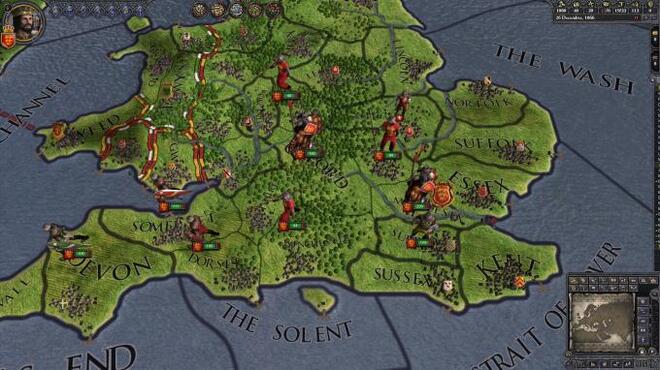
Appears only for your illegitimate children, the ones of other members of your dynasty won't have this icon. If the player character's spouse belongs to the same dynasty, (s)he also has this icon Siblings and half-siblings, parents, children, grandparents, grandchildren, uncles and aunts, nephews and nieces. The player character's immediate successor to their primary title. The current character controlled by the player

The icon above a character's portrait designates their level of kinship toward the player character: The dynasty is key to character succession, in which a player controls a sequence of rulers of the same dynasty rather than merely a noble title. Thus, it is the most important aspect of the game. In Crusader Kings II, the playthrough revolves around the survival and growth of the player's dynasty. The there is the Capetian house of Anjou, which managed to gain the county of Provence, the kingdom of Naples (initially the entire kingdom of Sicily) and they also gained the kingdom of Hungary and briefly Poland.įinally towards the end of the game, there is house of Valois-Anjou, but since that branch started in 1350 and the latest possible starting date is 1337, that's not that relevant.Īnd totally outside the timeframe of the game, king Philip V of Spain, who started the Spanish branch of the house of Bourbon, also had the title duke of Anjou, so apparently Anjou is a good starting point if you want to gain a throne.A dynasty is a set of characters considered as members of the same family. There was the Angevin dynasty from Gatinais with a Chateaudun branch in the kingdom of Jerusalem and the Plantagenet (senior) branch in England, this dynasty took over Anjou from a previous Angevin dynasty, but that was before the game.

Some of the cultures seem a bit odd too, the d'Hauteville dynasty is considered to be Frankish instead of Norman and the Angevins and Plantagenets are Norman instead of Frankish.įurthermore there were a few dynasties from Anjou. It looks like some carriage returns were missed.

There are a couple of horrible snarls and misformats in the list of dynasties. "of Wessex" is also ignored for historical flags. Interestingly, d'Anjou, Angevin, and Plantagenet are all different.


 0 kommentar(er)
0 kommentar(er)
